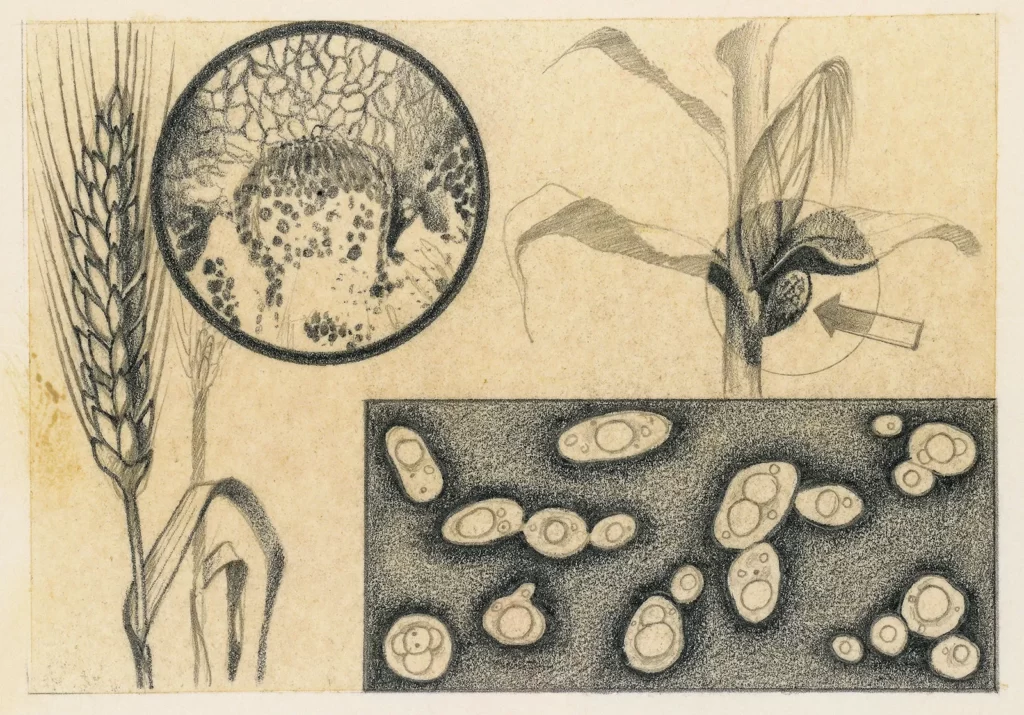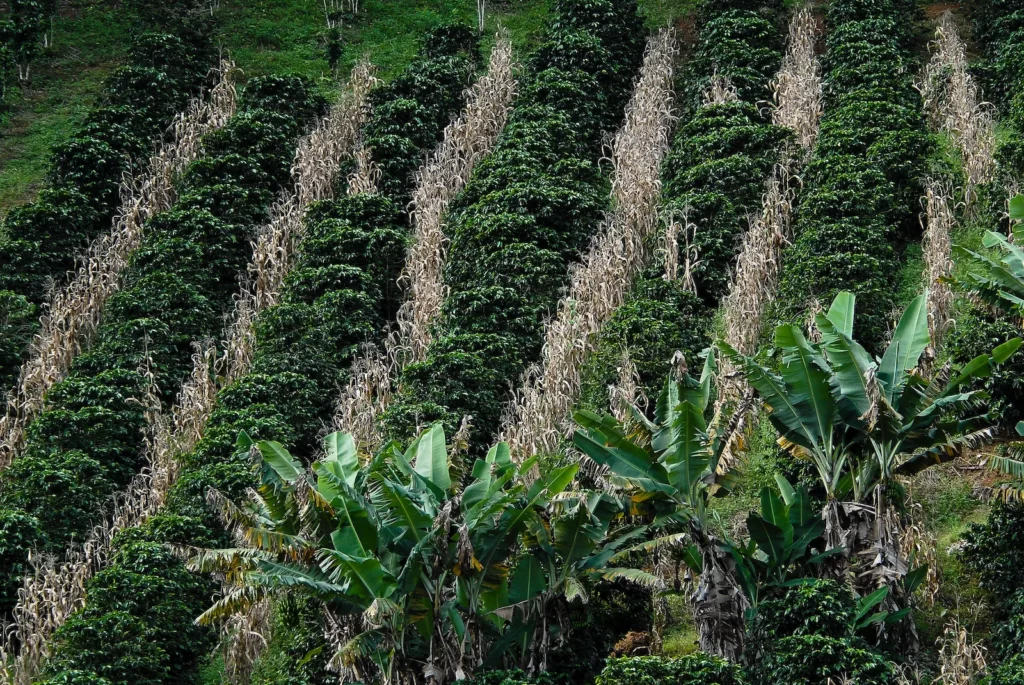The origin of the Bipolaris maydis fungus in US cornfields is unknown, but by the summer of 1970, it had spread rapidly and caused a disease called southern corn leaf blight. The disease first affected the South and then spread to Tennessee, Kentucky, Illinois, Missouri, and Iowa — the heart of the Corn Belt.

The damage caused by the destruction was unlike anything seen before. Overall, the corn harvest in 1970 decreased by approximately 15%. Farmers collectively suffered a loss of nearly 700 million bushels of corn, which could have been used to feed animals and people. This resulted in an economic loss of one billion dollars.
At the time, scientists hoped a lesson had been learned.
“Never again should a major cultivated species be molded into such uniformity that it is so universally vulnerable to attack by a pathogen.” Disease is commonplace — globally, $30 billion worth of food is lost to pathogens every year.

And yet, today, genetic uniformity is one of the main features of most large-scale agricultural systems, leading some scientists to warn that conditions are ripe for more major outbreaks of plant disease.
Climate change increases the risk of crop diseases by causing shifts in weather patterns, which could introduce pathogens to new plant species and worsen the spread of crop diseases. Predicting exactly how much climate change will increase crop disease is difficult but increasing temperatures will likely benefit specific disease-causing pathogens in important crops.
One example is a fungus called Fusarium culmorum, which infects wheat. It is expected to be replaced by its more aggressive and heat-resistant counterpart, Fusarium graminearum.

Biodiversity has long been known to protect plant health, despite the recent decline in biodiverse farming practices. Scientists and farmers have understood this connection for centuries or even longer. The main idea is that pathogens can only infect specific plants. When they end up on a plant that they cannot infect, the pathogen becomes ineffective and nearby plants are protected.
In natural landscapes, increasing biodiversity lowers the number of virus species present so incorporating biodiversity into large-scale farming could move agriculture away from this crisis.
Reference- National Geographic, BBC, CNN, The Washington Post, Grist






